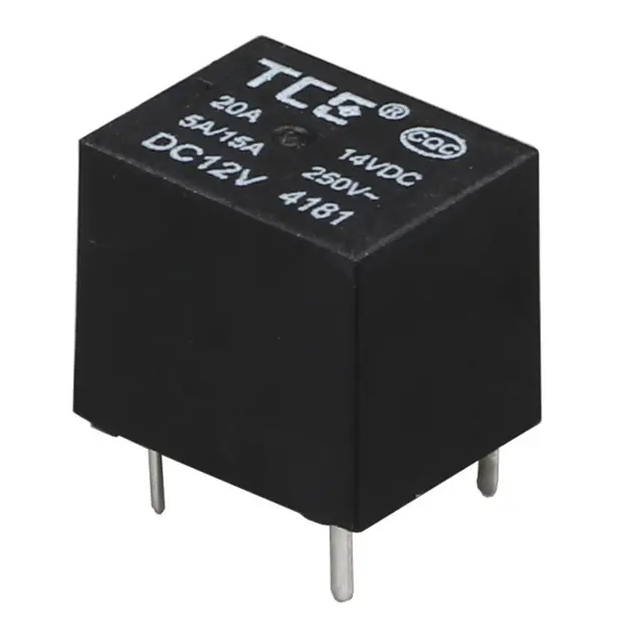Significant advantages of solid state relays
Solid state relay (SSR), as a key electronic component, plays a vital role in modern electrical control systems. One of its most outstanding advantages is its excellent longevity and reliability. Since there are no mechanical moving parts inside the SSR, but rely on solid-state components to perform switching operations, this design not only improves its working stability in high shock and vibration environments, but also significantly extends its service life. The frictionless nature of solid-state relays means they can withstand many more switching cycles than traditional mechanical relays without wear or failure.
In addition, SSR's high control sensitivity, wide input voltage range, and low driving power requirements allow it to be easily used with a variety of logic integrated circuits without the need for additional buffering or driving equipment. This feature not only reduces the complexity of the control system, but also optimizes electromagnetic compatibility and reduces the possibility of electrical interference.
Fast response is another significant advantage of solid state relays. Thanks to its use of solid-state components, SSR can achieve fast switching from milliseconds to microseconds, which is particularly important for applications requiring high-speed switching and precise control, such as signal processing, precision manufacturing and other fields.
Limitations of Solid State Relays
However, although solid-state relays demonstrate their superiority in many aspects, they still have some limitations. First of all, the voltage drop of the tube in its on-state is relatively large. Whether it is using a thyristor or a triac, its forward voltage drop is usually between 1 and 2 volts. This characteristic may not be possible when transmitting high power. Resulting in reduced efficiency and increased power consumption. In addition, compared with mechanical contacts, the resistance of general-power field effect transistors in the on state is relatively large.

Another issue worthy of attention is the leakage current phenomenon of SSR. Even in the off state, a tiny amount of current may still flow through the semiconductor device, which means it cannot provide perfect electrical isolation, which may be a disadvantage for some applications with high safety requirements.
Finally, due to the large power consumption and heat generation during conduction, high-power solid-state relays often require larger volumes to dissipate heat, which not only increases the size of the equipment, but also increases the cost, especially compared with electromagnetic relays of the same capacity. compared to.
Conclusion and Outlook
Taken together, solid-state relays have demonstrated irreplaceable value in many fields with their high reliability, high-speed switching capabilities and good electromagnetic compatibility. Although there are limitations such as large conduction voltage drop, leakage current and high cost, through continuous technological innovation and improvement, we have reason to believe that these challenges will be gradually overcome. For electronic component experts and technicians, a deep understanding of the working principles and application scenarios of solid-state relays and continuous exploration of their potential improvement directions are the key to improving the performance of electrical control systems. In the future, with the advancement of material science and semiconductor technology, the performance of solid-state relays will be further improved and their application fields will be broader.
